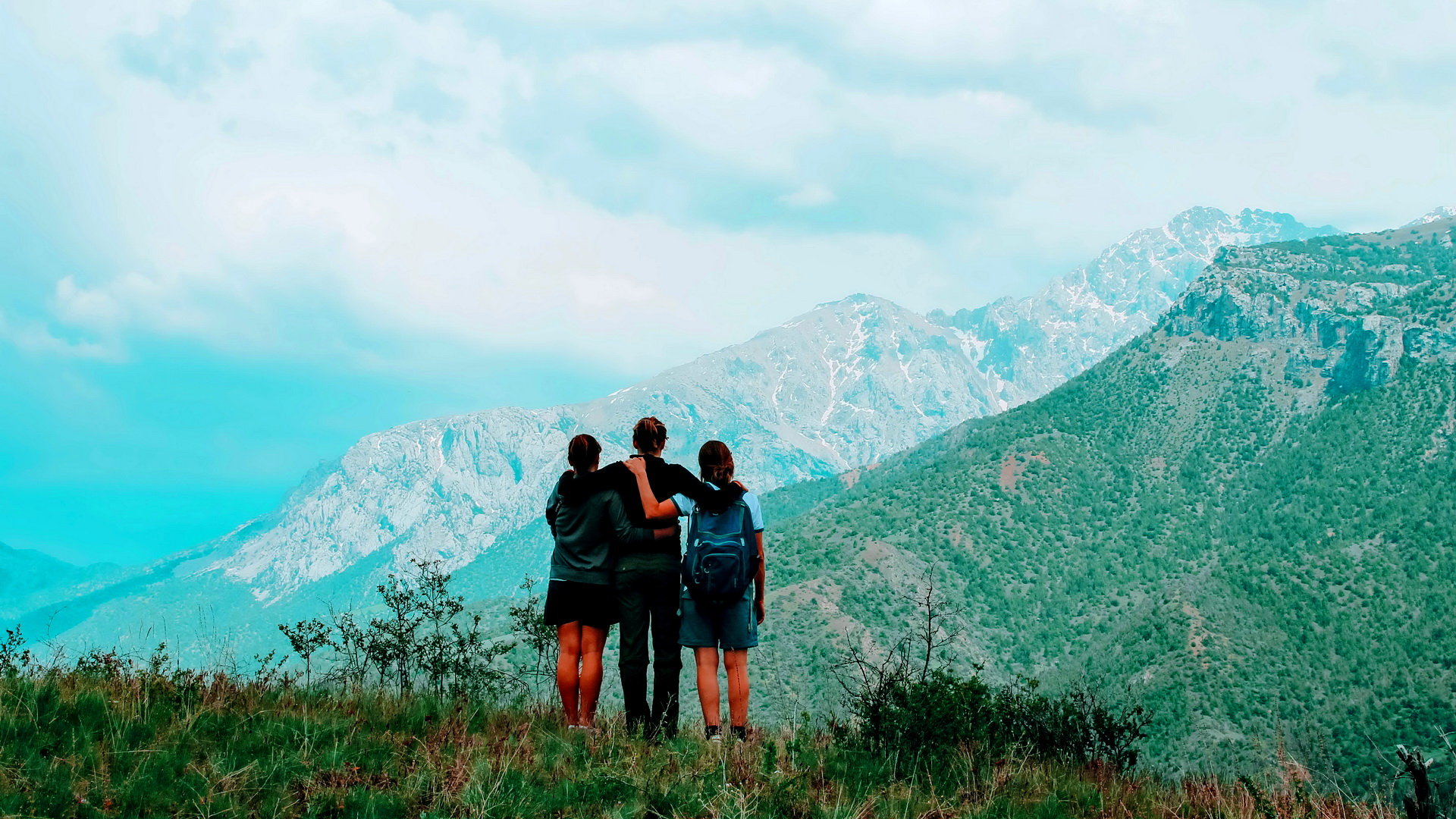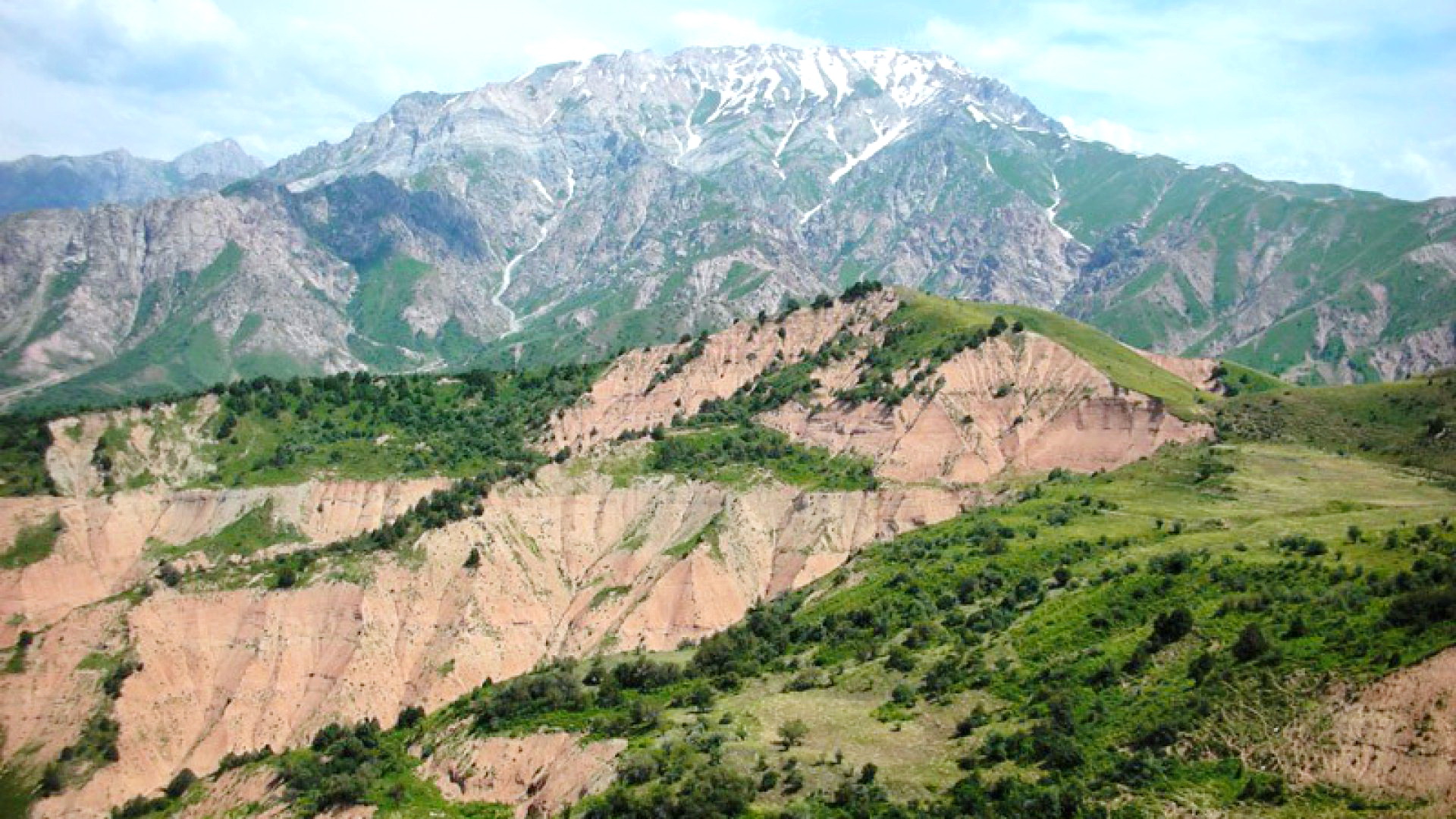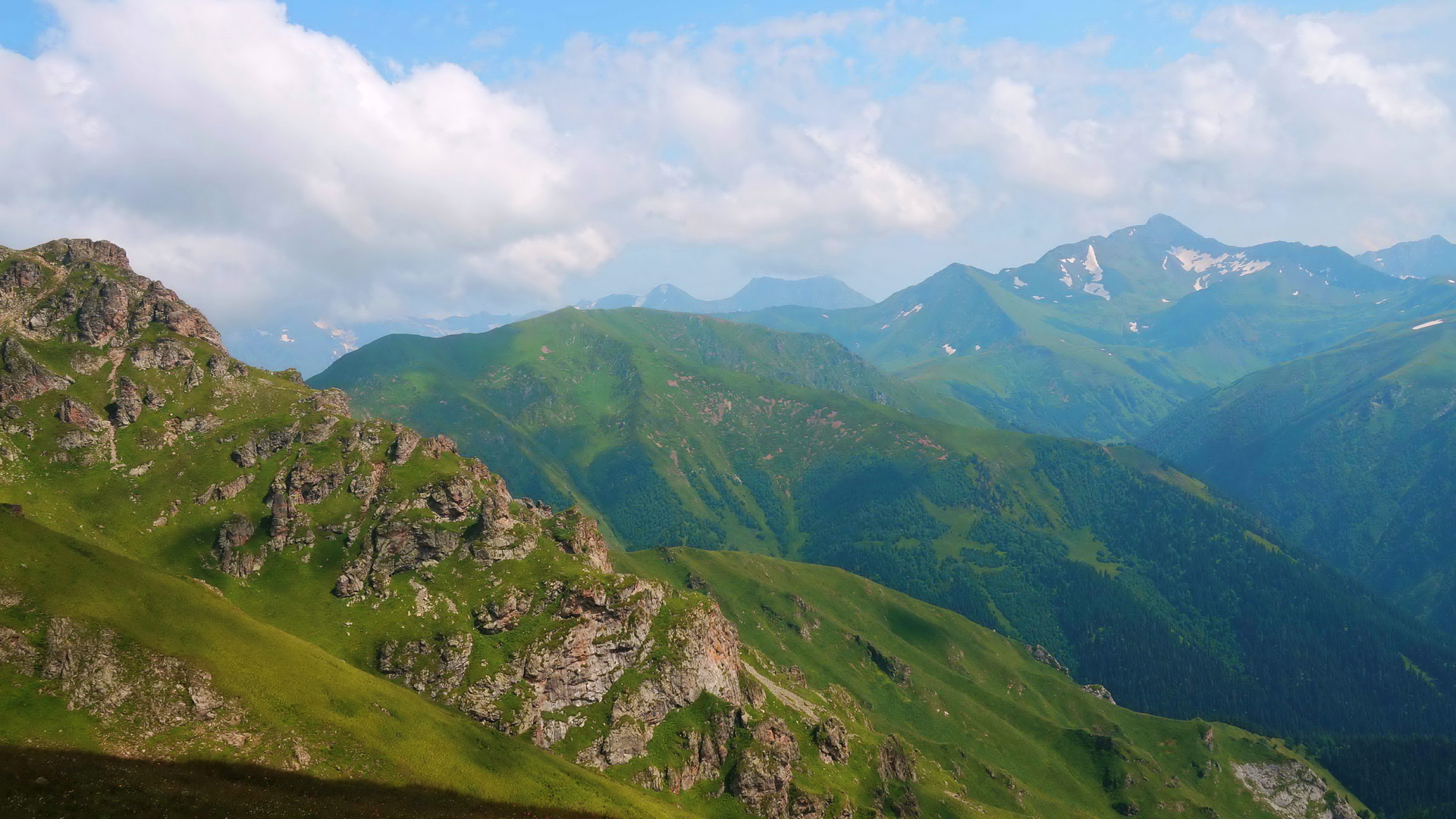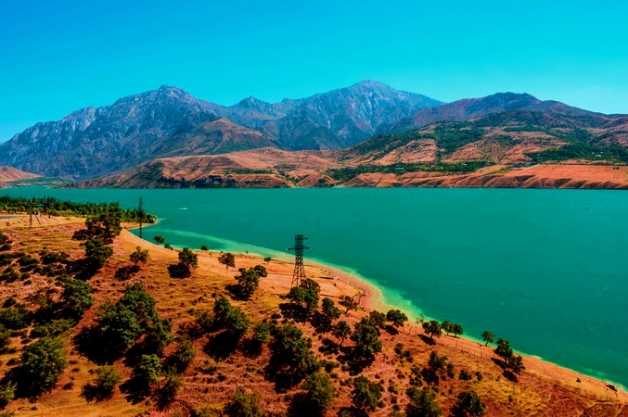Mountains of Uzbekistan
The majority of Uzbekistan's territory is flat land. However, 96,000 sq. km, which is 1/5 of the total area, is mountainous. The majestic regions of the Pamir and Tien Shan mountains spread from the west to the east of the country.
The highest Uzbekistan mountain
In the mountains of sunny Uzbekistan, there is a hard-to-reach area of eternal snow located at an altitude of 4,000 meters. The average height of the mountain peaks reaches 2000-3000 meters. One of the highest peaks is Mount Adelung (4,301 m) which is found on the border of Kyrgyzstan and Uzbekistan and belongs to the Pskem Range. The highest mountain in Uzbekistan is Khazret Sultan (4,643 m) in the Gissar Range. It borders Tajikistan from the side of the Surkhandarya Region. Khazret Sultan received its name after the outstanding medieval theologian Yassawi whose contemporaries called him "the Holy Sultan."
Due to their natural features, the mountains in Uzbekistan cannot compete in international rankings for the title of the highest one. But when it comes to beauty, they are worthy of taking place on a par with Switzerland.
Kyzyl Canyon
The mountains of Uzbekistan are full of flowing rivers, the currents of which have formed picturesque canyons over time. One of the most famous and creative natural wonders of the country is Kyzyl Canyon in Boysun, Surkhandarya Region, in southern Uzbekistan. The name means "Red Canyon." It is included in the list of abnormal mystical places of Uzbekistan, attracting those who love the unknown and mysterious. It is a closed-type ecosystem with a unique natural landscape: cliffs, stone labyrinths, and gorges resembling alien spaces. The length is 30 km, and the highest point of Mount Buritakht reaches 1218 m. There are legends about Kyzyl Canyon in Boysun, and there are hundreds of eyewitnesses who are ready to confirm the existence of miracles that happen here. One example is a car being lifted upwards without the driver's participation and with the engine turned off. Hundreds of inquiring minds and enthusiasts arrive here each year to repeat this experiment.
Mountain passes of Uzbekistan
Kamchik Pass
Nowadays, the Kamchik mountain pass provides passenger traffic between Tashkent and the east of Uzbekistan - the densely populated Fergana Valley, connecting with Fergana, Namangan, and Andijan provinces. The maximum altitude is 2,268 m.
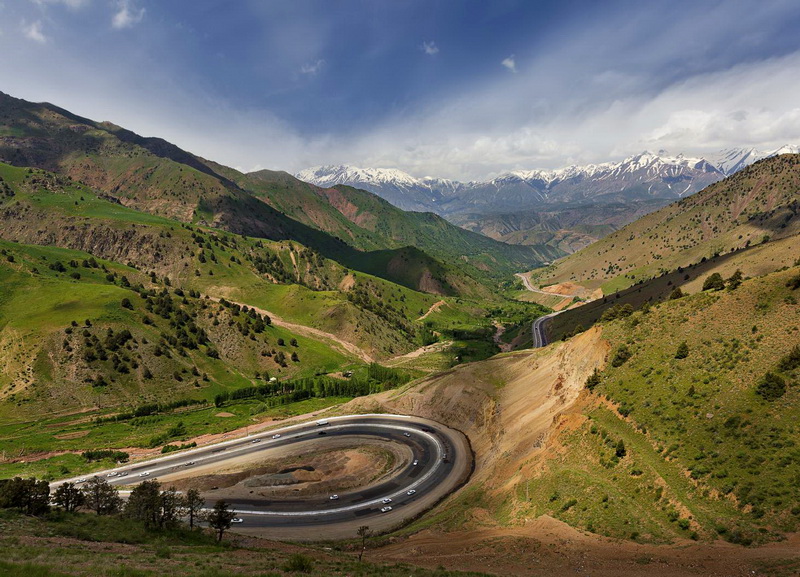
Kitab Pass
Kitab Pass impresses with the beauty of the Zarafshan Mountains entering the "Amankutan" tract. It is not only natural but a historical landmark. Alexander the Great, as well as Persian, Mongolian, and Arab conquerors, has to overcome the Kitab Pass on their way to the richest cities of antiquity - Samarkand and Bukhara. The caravans of the Great Silk Road also used this road. The famous Spanish diplomat and traveler Ruy González de Clavijo crossed it on his way to an audience with Amir Timur. Modern tourists also visit this picturesque area when traveling from Bukhara to Samarkand. The highest point is 1600 m.
Animals in Uzbekistan mountains
Animals in the mountains of Uzbekistan are represented in a wide diversity, varying depending on climatic conditions. In the Southern Western Tien Shan, there are three species of amphibians, 20 species of fish, over 120 species of mammals, and 20 species of reptiles.
There are up to 500 bird species, including migratory birds. In the mountain forest belt (1000 - 2800 m above sea level), there are primarily finches, orioles, buntings, warblers, white-winged grosbeak, titmice and rock nuthatch visible because of the bright yellow feathering, variegated rosefinches and wallcreeper, as well as the well-known eastern turtle dove, warblers, and flycatchers. The typical inhabitants of the alpine belt are bearded vultures, alpine choughs and accentors, Himalayan snow cocks, red-billed hermit crows, and miniature horned larks.
The mountain forest belt is home to such large mammals as argali (the endangered mountain sheep), Siberian mountain goats and markhors, Turkestan lynxes and foxes, as well as porcupines, wild boars, badgers, white-footed mice, Turkestan rats, and nocturnal field mice. In the alpine belt (2700 - 2800 m above sea level), there are rare snowy irbis (Uncia), Tien Shan bears, wolves, red pika hares, Menzbier's and golden marmots, weasels, stoats, and common voles.
Among snakes, Central Asian vipers and Levantine vipers are found here, while among lizards are Himalayan and Turkestan agama, Turkestan and gray geckos, and desert lidless skink. Bats' representatives are small horseshoe bats, free-tailed bats, and northern bats, which live in crevices and caves.
What attracts people to mountains?
Two million inhabitants, which is 7% of the total population of Uzbekistan, have chosen the beautiful mountainous regions as permanent places of residence. Several inhabited villages or kishlaks are located even in the highlands. The locals are distinguished by the simplicity of soul and hospitality. Here you can taste dishes of Uzbek cuisine - the most memorable and delicious ones, which are impossible to convey with words. No chemical additives are used for growing vegetables, fruits, cattle, and poultry - all are 100% organic. Visiting the mountain village is also interesting for ethnographic purposes - technology and trends of the modern world do not come here so actively, and the centuries-old customs continue to dominate the daily life of the people.
Regardless of seasonality, the vibrant life in Uzbekistan mountains does not settle down throughout the year due to the constant arrival of local tourists and visitors to our country. Although, it is still more crowded in summer, when there are many kilometers of traffic jams at the exit from the capital city of Tashkent in the direction of the Chimgan mountains.
Mountains attract people to enjoy the power of nature, recharge energy, inhale the purest air and clear thoughts, focusing on the contemplation of picturesque views. After all, mountains are as changeable as people themselves. The mountains uplift those who dare to leave the modern comfort for at least a few hours above worldly vanity, making them leave all their problems down at the foothills and returning the original freedom of the spirit. Here are steep stone cliffs, the tops of which shine with silver ice even on the hottest day, casting a pacifying romantic mood or a thirst for adventure.
Perhaps, the alluring power of mountains stretching in long rows is in the starry sky that shines at night even brighter against the backdrop of harsh wildlife. It is in the unassailability of alpine meadows that seem to be located at the very edge of the sky. And if the mountains represent strength and power, the wildflowers growing at their foothills represent fragility, grace, and tenderness, emphasized by numerous crystal waterfalls.









